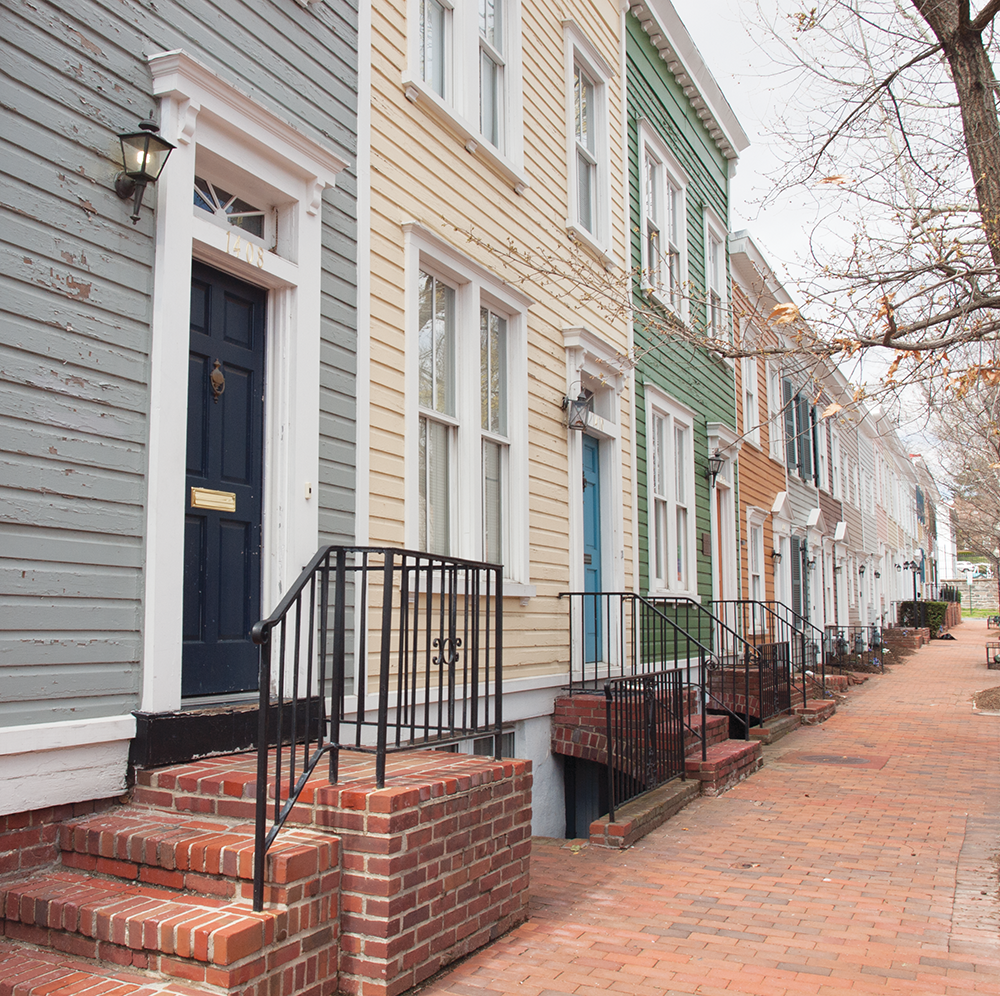After a recent drop in temperatures, pipe breaks caused water outages and street closures in the Georgetown neighborhood on Jan. 19 and Jan. 20.
The first break occurred on P Street between 29th and Dumbarton Street NW on Sunday, according to Pamela Mooring, external communications manager for District of Columbia Water and Sewage Authority. After being repaired, the water main broke again early Monday morning, with workers commencing repairs at 7 a.m. and working throughout the day, finishing at around 7:30 p.m.
The breaks affected approximately 100 homes on the south side of P Street, according to Mooring.

In addition to outages in Georgetown, 200 homes were affected by a Monday morning water main break in the residential Michigan Park neighborhood at Sargent Road between South Dakota Ave. and Gallatin St. NE, according to The Washington Post.
Repairs were performed at a routine pace, according to Mooring. Water main breaks become increasingly common in colder months.
“Most required 24-hour or less for water service restoration,” Mooring wrote in an email to The Hoya. “DC Water averages 300-450 water main breaks per year, on average, with higher numbers in the winter months due to the cold.”
Every year, the Washington Suburban Sanitary Commission, which provides safe drinking water and wastewater treatment for Montgomery and Prince Georges County in Maryland, handles about 1,800 water main breaks. Two-thirds of those breaks take place between November and February, according to WAMU.
The temperatures on Sunday and Monday hovered around 20 degrees Fahrenheit, falling below the historic average lows for those two days in January, based on data from AccuWeather.
Frequent water main breakages in the winter are a result of standing water freezing in pipes, according to information published by DC Water.
“When water standing inside a pipe freezes, it can expand causing the pipe to break,” DC Water’s website reads. “Pipes that freeze are often exposed to the outside or are in unheated interior areas such as kitchen cabinets, attics, garages, basements and crawl spaces.”
Another major factor causing water main breakage in the District is aging water system infrastructure, with some pipes dating back to the mid 1800s, according to a 2016 infrastructure report card from the American Society of Civil Engineers.
“The pipes’ median age is 79 years, which is beyond the design lifespan of 50 years, and 9% of pipes were installed during the period between the Civil War and the 1890s,” the report read. “Recently, DC Water started replacing 1% of pipes a year. While 3 times the previous year’s replacement rate, it is still a 100-year replacement cycle.”
Damage from pipe breaks have triggered maintenance issues on Georgetown’s campus. In February 2019, fire alarms malfunctioned, going off inadvertently three times in a two-day span in Darnall Hall. The error was caused by physical damage from a nearby burst pipe, according to a Feb. 4 email sent to Darnall residents by Darnall Hall community director Tom Mangano.
Water main breakage is not the only issue brought up by the District’s aging pipe system. The D.C. government has struggled with contamination in water sources because of the common use of lead pipes in public and private facilities, with a lead contamination crisis in the early 2000s heightening awareness of the issue, according to The Washington Post.
Lead pipes were most commonly used in buildings constructed before 1986, according to the EPA. The Washington Metropolitan Water and Sewer Authority has been gradually replacing lead pipes under public streets, as well as partnering with homeowners to replace pipes on private property, according to the D.C. Department of Energy and Environment.
While Georgetown has not publicly provided information about the composition of pipes in many of its older buildings or in off-campus buildings, a September 2019 study conducted by Georgetown graduate students found that water from numerous sources around campus tested above or near the EPA’s standards for lead contamination.




















